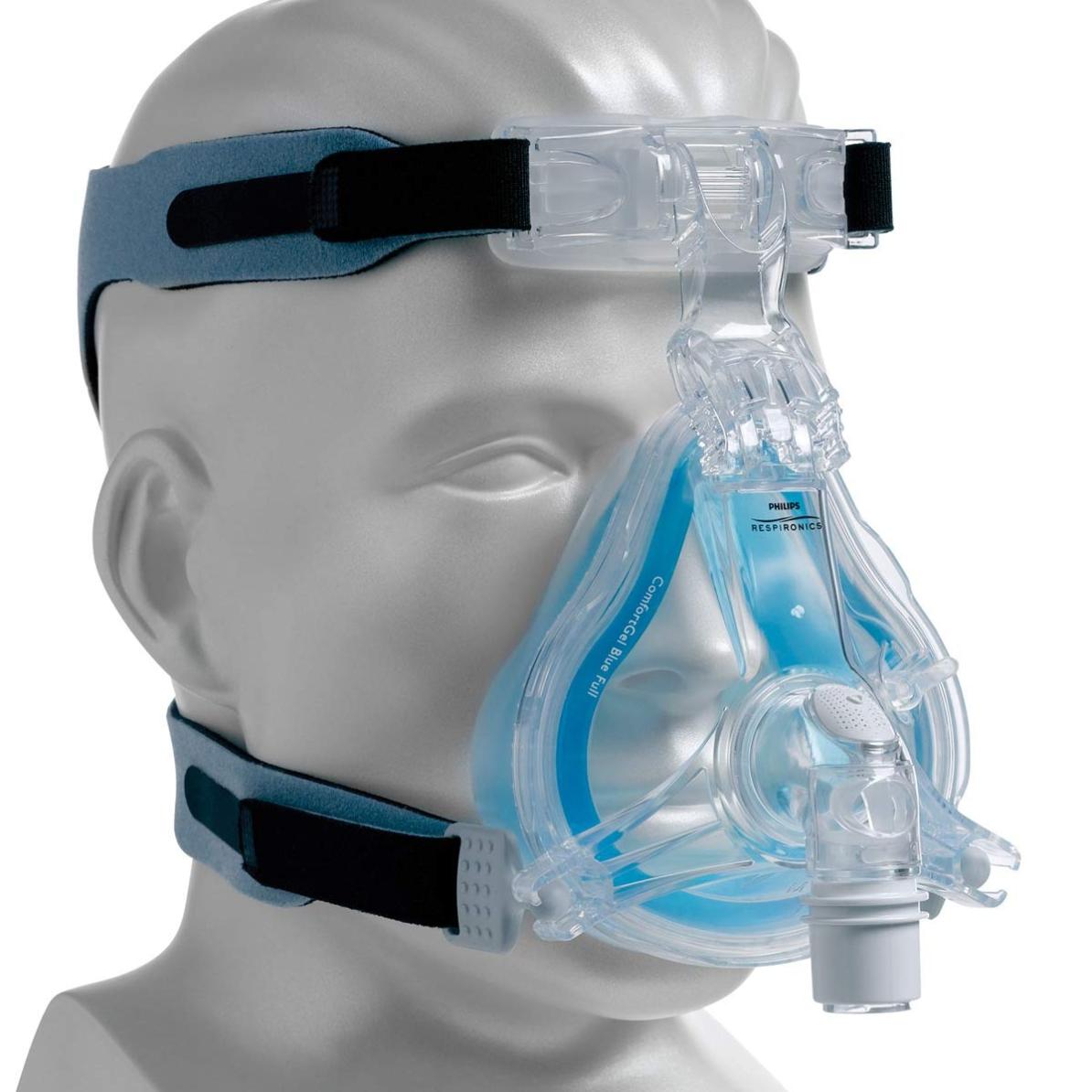How Should Accountants Handle the Costs Associated with Face Mask Production?
The COVID-19 pandemic has had a profound impact on the global economy, leading to widespread disruptions in supply chains and a surge in demand for personal protective equipment (PPE), including face masks. This unprecedented situation has posed significant challenges for businesses involved in face mask production, particularly in terms of cost management.

Accountants play a critical role in helping businesses navigate the financial complexities associated with face mask production. They are tasked with accurately capturing and allocating costs, ensuring compliance with relevant regulations, and providing valuable insights to management for informed decision-making.
I. Accounting For Face Mask Production Costs
The costs associated with face mask production can be broadly categorized into two types: direct costs and indirect costs.
Direct Costs
- Raw materials: This includes the cost of materials used in the production of face masks, such as fabric, elastic, and filters.
- Direct labor: This refers to the wages and benefits paid to workers directly involved in the production process.
- Manufacturing overhead: This encompasses a range of costs incurred during the production process, such as electricity, rent, depreciation, and maintenance.
Indirect Costs
- Administrative expenses: These are costs related to the general administration of the business, such as salaries, office supplies, and rent.
- Selling and marketing expenses: These costs are incurred in promoting and selling face masks, including advertising, commissions, and trade shows.
- Research and development costs: These costs are associated with the development of new face mask designs, materials, and production processes.
II. Cost Allocation Methods
Accountants employ various cost allocation methods to assign costs to face mask production. The choice of method depends on the specific circumstances and the level of detail required.
Job Costing
- Concept: Job costing involves assigning costs to individual jobs or batches of face masks.
- Advantages: Provides detailed cost information for each job, enabling better cost control and profitability analysis.
- Disadvantages: Can be complex and time-consuming, especially for businesses with a high volume of production.
Process Costing
- Concept: Process costing involves assigning costs to a continuous production process, where units are indistinguishable from one another.
- Advantages: Simpler and less time-consuming than job costing, making it suitable for mass production.
- Disadvantages: Provides less detailed cost information, making it challenging to identify inefficiencies or cost-saving opportunities.
III. Cost-Benefit Analysis

Accountants should conduct a comprehensive cost-benefit analysis to assess the financial viability of face mask production. This involves weighing the costs associated with production against the potential benefits.
Factors to consider in the cost-benefit analysis include:
- Public health benefits of face masks in mitigating the spread of COVID-19.
- Economic benefits of face mask production, such as job creation and economic growth.
- Social benefits of face mask production, including increased public confidence and a sense of safety.
IV. Accounting For Government Grants And Subsidies
Governments worldwide have provided grants and subsidies to businesses involved in face mask production to support the fight against COVID-19. Accountants must identify and record these grants and subsidies accurately to ensure compliance with relevant regulations and to properly reflect the financial position of the business.
The impact of government grants and subsidies on the cost of face mask production should be carefully assessed. These grants and subsidies can reduce the overall cost of production, potentially making face mask production more profitable.
V. Conclusion
Accountants play a crucial role in helping businesses navigate the financial complexities associated with face mask production. They must possess a deep understanding of cost accounting principles, cost allocation methods, and the regulatory landscape to effectively manage the costs of face mask production.
By accurately capturing and allocating costs, conducting thorough cost-benefit analyses, and properly accounting for government grants and subsidies, accountants can provide valuable insights to management, enabling them to make informed decisions that optimize profitability and ensure the sustainability of face mask production.
YesNo

Leave a Reply